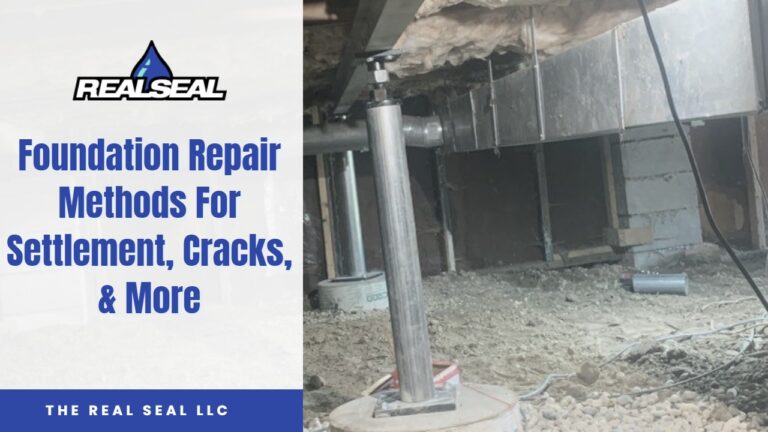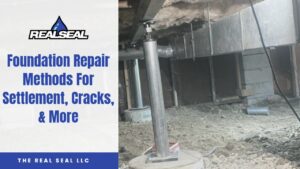If you’ve been researching foundation repair methods, chances are you’ve found a lot of confusing and overly complicated articles. In this blog, you’ll learn about the most common foundation repair methods for fixing settlement, walls, cracks, and crawl spaces. By the end of this article, you’ll have all the information you need before you call the experts.
Foundation Settlement Repair Methods
If your foundation is sinking into the soil beneath it, chances are it’s suffering from differential settlement. This is when a section of your home sinks into the soil deeper than another section. Differential settlement can be caused by improper drainage, tree roots, expansive soil, and hydrostatic pressure. All of these symptoms are usually the result of excess groundwater and weak, unstable soil.
Foundation repair professionals solve this problem using underpinning. Invented and first used in Italy during the 1950s, underpinning is when experts lift and level your home using steel piers (also called piles). These piers are first attached to your foundation and then drilled (or pushed) deep below your home until they reach strong enough soil to support your structure’s weight. There are two forms of underpinning: push piers and helical piers.
- Push piers – This form of underpinning involves pushing steel piers below your foundation one section at a time.
- Helical piers – Also called screwpiles, these piers are driven beneath your foundation like corkscrews.
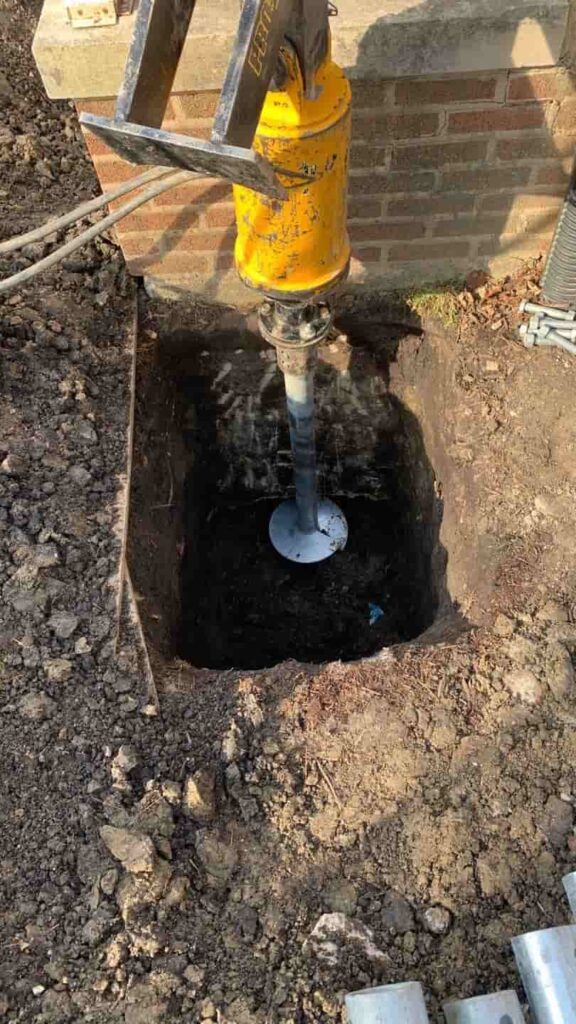
Read more: Underpinning: The Foundation Solution That Works.
Foundation Void Repair Methods
If experts determine that your slab foundation is sinking because of a void in your soil, they’ll most likely choose polyjacking as their chosen solution. Mainly used for sinking sidewalks, patios, and driveways, polyjacking can level sunken uneven concrete slabs.
Once experts determine where the void is, they drill dime-sized holes in your concrete slab. The next step involves pumping a special polyurethane foam into the holes until the void below is completely filled. As the foam is pumped, it lifts your slab back up until it’s leveled with the rest of your concrete. The best part is you only have to wait 15 minutes to use your slab once the foam cures. This repair method is more effective and quicker than its counterpart, mudjacking.
Foundation Wall Repair Methods
If your foundation wall is tipping, leaning, shearing, or bowing, you need a repair solution that will stabilize your wall and prevent any further movement. Before choosing the right repair method, experts will need to see how much your wall has moved inward.
- More than three inches – If your foundation wall has moved inward more than three inches, professionals can use wall plates or c-channel anchors. These methods both use outside anchors placed in your soil and high-strength threaded steel rods that lead to your wall. Wall plate anchors use inside steel “plates” that are attached to your wall, while c-channel anchors use long steel beams. Once attached to your wall, the plates or beams are torqued until they pull the foundation back outward.
- Less than three inches – If your foundation wall has moved less than three inches, experts will most likely choose Fortress Invisibeam carbon fiber straps (the only strap system that can stabilize three inches of movement). These straps are anchored to the top and bottom of your wall, while the strap itself is cemented into your concrete using epoxy rivets.
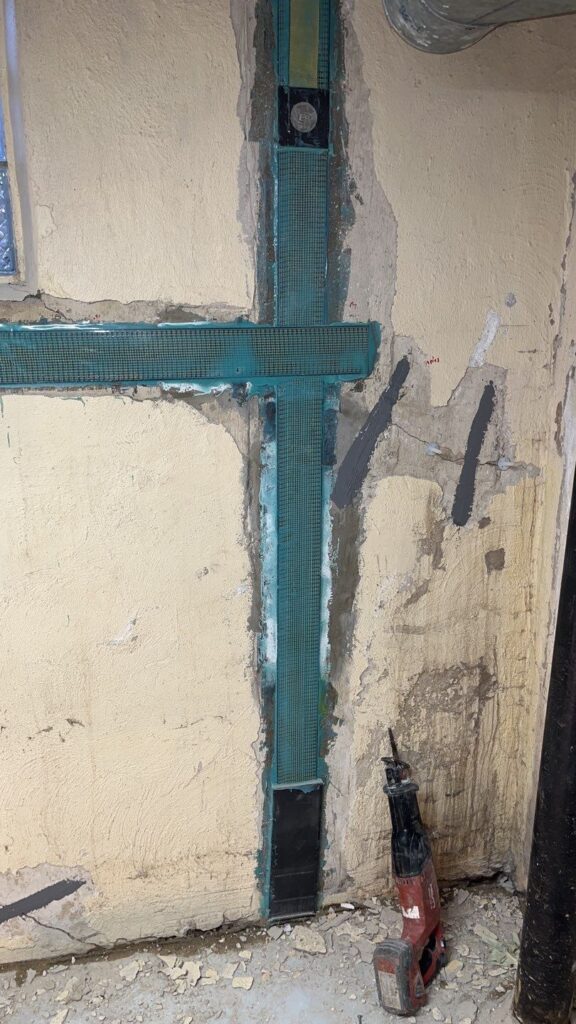
Foundation Crack Repair Methods
When foundation walls bow or shift, there tend to be cracks. Sometimes, these cracks are wide enough to pose a structural risk to your foundation. Sometimes, the cracks don’t pose a structural threat to your home, but they can still allow water to seep through. In both cases, experts recommend sealing and stapling the cracks.
- Epoxy crack injection – Experts always recommend sealing any cracks using a 2-part epoxy injection. This high-strength epoxy will fill the crack and prevent further water seepage.
- Carbon fiber staples – These high-strength staples are cemented into your wall along your crack. As another carbon fiber repair method, these staples prevent cracks from growing larger and reinforce your foundation wall.
Crawl Space Foundation Repair Methods
Crawl spaces are susceptible to the same issues that plague other types of foundations. Your crawl space could be supported by concrete piers or cement blocks, both of which can sink into the soil over time. You might notice your floors are sagging, or doors and windows are not closing all the way. If that’s the case, you definitely need some sort of foundation repair.
Settling crawl space foundations can be lifted and leveled using underpinning methods. But, if the beams or joists in your crawl space need extra support, experts can install steel jacks to lift them back into place.
Who Offers Foundation Repair Methods Near Me?
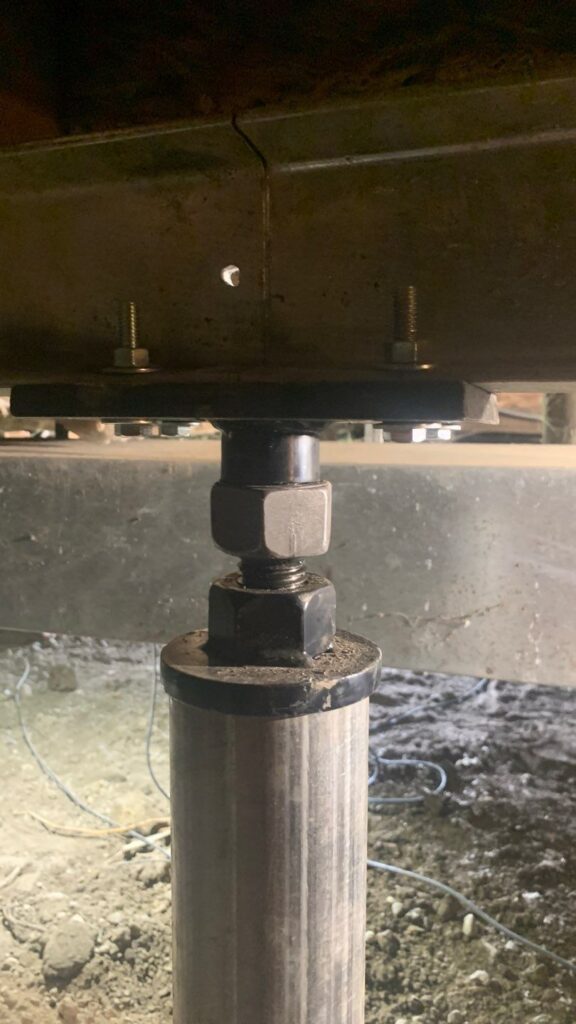
If you live in Chicagoland and need the best foundation repair methods, call The Real Seal. We’ve been repairing all types of foundations with various repair methods since 2011. Call today for your free inspection and estimate.
